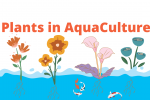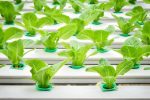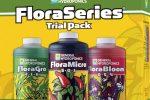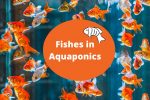Hydroponics Nutrients – The General Hydroponics Flora Series
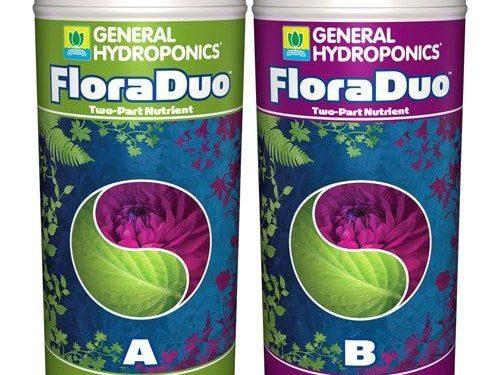
The most popular hydroponics nutrients solution is a 2:1 or 3:1 blend of fertilizer, perlite, and coco peat. These are all excellent options for indoor gardens and should be used in small amounts, according to the desired growth rate and pH level. This solution is a must for flower/decorative plants and can be purchased online. The following table shows the ideal ratio of each type of nutrient solution for flower and vegetable plants.
Macronutrients: These are the elements your plants require in large amounts to grow. They include hydrogen, carbon, nitrogen, phosphorous, and sulfur, although you will find lesser amounts of potassium in hydroponics systems. Macronutrients are the building blocks of life for plants, while micronutrients are the essential minerals for cell metabolism and growth. These can be obtained through the soil, water, or a solution.
Micronutrients: The level of nitrogen and phosphorus in hydroponics nutrients varies from brand to brand. Many nutrient products will contain ‘beneficial elements’ like Nickel (Ni), Cobalt (Co), Silica, or Selenium. These are not essential for plant growth, but they do have beneficial effects on many crops. Adding these nutrients to your soil will help your plants grow to their fullest potential.
Micronutrients: Many brands of hydroponics nutrients contain additives that are beneficial for plants. These ingredients are not essential for plant growth, but they may benefit some crops. However, they shouldn’t be used in hydroponics systems if they are too high in potassium. They will not provide much additional nutrition to your plants. If you’re worried about choosing the right nutrient solution for your hydroponic system, ask for a consultation at a local hydroponics supply store.
When choosing hydroponic nutrient solutions, organic nutrient solutions are generally preferred because they contain only natural byproducts. Synthetic nutrient solutions contain chemicals and are unnatural for both plants and people. While they are not harmful to plants, they may damage aquatic life. For this reason, it’s important to choose a nutrient solution that is not toxic to animals or the environment. Using a specialized fertilizer for your hydroponics system can help your plants grow.
Hydroponics nutrient products can be purchased online or from local retail stores. The main advantage of buying the nutrients is that you can control the N-P-K ratio. A balanced N-P-K ratio is important for plant health and yield. In order to make the most of your plants in auaponics, you should select a nutrient that contains the correct proportions of these essential nutrients. The corresponding N-P-K ratios will help your plants grow healthy, strong, and productive.
A general hydroponics nutrient system is the Flora series Performance Pack. This nutrient system has three parts: FloraGro and FloraMicro. The FloraBloom nutrient package contains vital nutrients for foliar and structural growth. The FloraBloom consists of essential nutrients for fruiting, flowering, and seeding. A variety of liquid solutions are available on the market.
A three-part nutrient system is the most effective hydroponic nutrient system on the market. This solution is made of three components: FloraGro and FloraMicro. The FloraBloom nutrient is for reproductive growth. It supports fruiting and flowering. The FloraBloom nutrient supports seed production. All three components are essential for plant growth. They are essential for healthy and vibrant plants.
Most hydroponics nutrient systems are three-part and should be mixed in accordance with the instructions. One part is a general solution for all plants, while the other is for specific plants. A three-part nutrient is a specific nutrient mix for flowering. The nutrient is dissolved in the water and reaches the roots and stems. A good balance of these nutrients will give you a rich crop, which will produce a good yield.
A hydroponics solution is composed of a liquid or a powdered mixture. Liquid fertilizer will provide the exact amount of nutrients needed for each plant. A liquid solution is easier to use than a solid one. The pH of the water is important when mixing nutrients in a hydroponic system, as most tap water and well water have a high pH level. A pH regulator can maintain the pH level.

